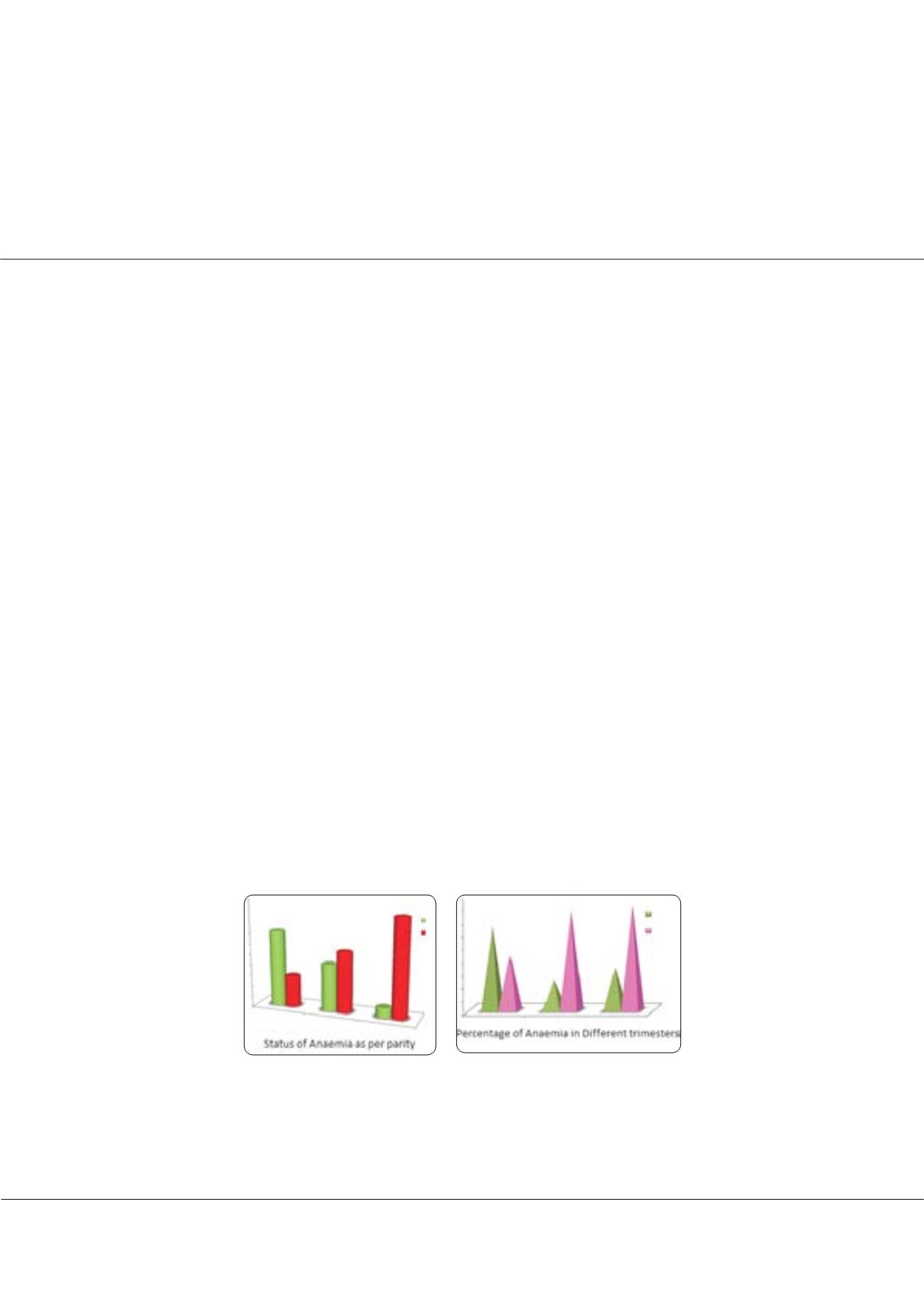

Page 56
conferenceseries
.com
Volume 8
Gynecology & Obstetrics
ISSN: 2161-0932
Gynecology 2018
October 08-10, 2018
October 08-10, 2018 | Zurich, Switzerland
5
th
International Conference on
Gynecology and Obstetrics
Prevalence and possible risk factors of anaemia in different trimesters of pregnancy
Harwinder Kaur Cheema
Punjab Institute of Medical Sciences, Jalandhar, India
Introduction:
Anaemia in pregnancy is a major health issue with adverse maternal and foetal outcomes worldwide, especially
in developing countries like India. Nutritional anaemia in pregnant women continues to be a cause of concern despite the fact
that this problem is largely preventable and easily treatable.
Objective:
This cross-sectional descriptive study was to determine the presence of anaemia in pregnant women in different
trimesters, and to assess the possible risk factors of anaemia.
Materials & Methods:
300 pregnant women in different trimesters of pregnancy were enrolled coming for the 1st time in
outpatient dept. of Obstetrics and Gynaecology, in Punjab Institute of Medical Sciences, Jalandhar from July 2015 to December
2015. Information regarding age, age at marriage, age at 1
st
pregnancy, parity, Interval between previous and index pregnancy, no
of abortions, educational status, dietary habits, Type of family, Socioeconomic status was collected in pre-designed structured
schedule after taking written consent from pregnant women attending out-patient department. Haemoglobin estimation was
done by Sahli's method and anaemia was graded according to WHO criterion. Statistical analysis was done by percentages and
proportions.
Results:
A high prevalence of anaemia, 65.6% was observed in pregnant women. The current study shows (60%) cases of
mild anaemia, (30.4%) of moderate anaemia, and (9.6%) of severe anaemia. The study also observed higher prevalence of
anaemia in last trimester of pregnancy (81.4%) as compared to 1
st
and 2
nd
trimester which is statistically significant. 90.8%
anaemic women had parity >3 as compared to anaemic women with parity 2(56.2%) and parity 1(29.4%) and 87.5% women
with spacing between previous and next pregnancy <1 year suffered more from anaemia as compared to women with parity
<2 and >3 years space between pregnancies which is statistically significant. In the current study, it was also observed that
socio-demographic factors significantly influencing anaemia are educational status, type of family, infrequent consumption of
iron-folic acid tablets.
Conclusion:
Anaemia continues to be a serious health problem in India where the life of pregnant women and her child are
endangered. It is directly proportional to parity, less spacing between pregnancies and related to lower educational status. It
is highly recommended that more effective guidelines regarding educating girl child, spreading effective awareness regarding
balanced diet, regular antenatal check-ups, regular intake of iron-folic acid tab, should start at grass-root levels to get safe
motherhood.
Biography
Harwinder Kaur Cheema is currently working as anAssociate Professor in the Department of Obstetrics & Gynaecology at Punjab Institute of Medical Sciences, India. She
worked as an Assistant Professor, in the same institution. She has completed her MBBS at Guru Gobind Singh Medical College, Punjab, India and; Master’s in Obstetrics
& Gynaecology at Govt. Medical College, Patiala. Currently, she is pursuing advanced course in Medical Education (ACME), approved by the Medical Council of India. She
has six original research article publications, in various international research journals. She is a Reviewer of two international research journals related to medical research.
drhkcheema@gmail.comHarwinder Kaur Cheema, Gynecol Obstet 2018, Volume 8
DOI: 10.4172/2161-0932-C4-033
















